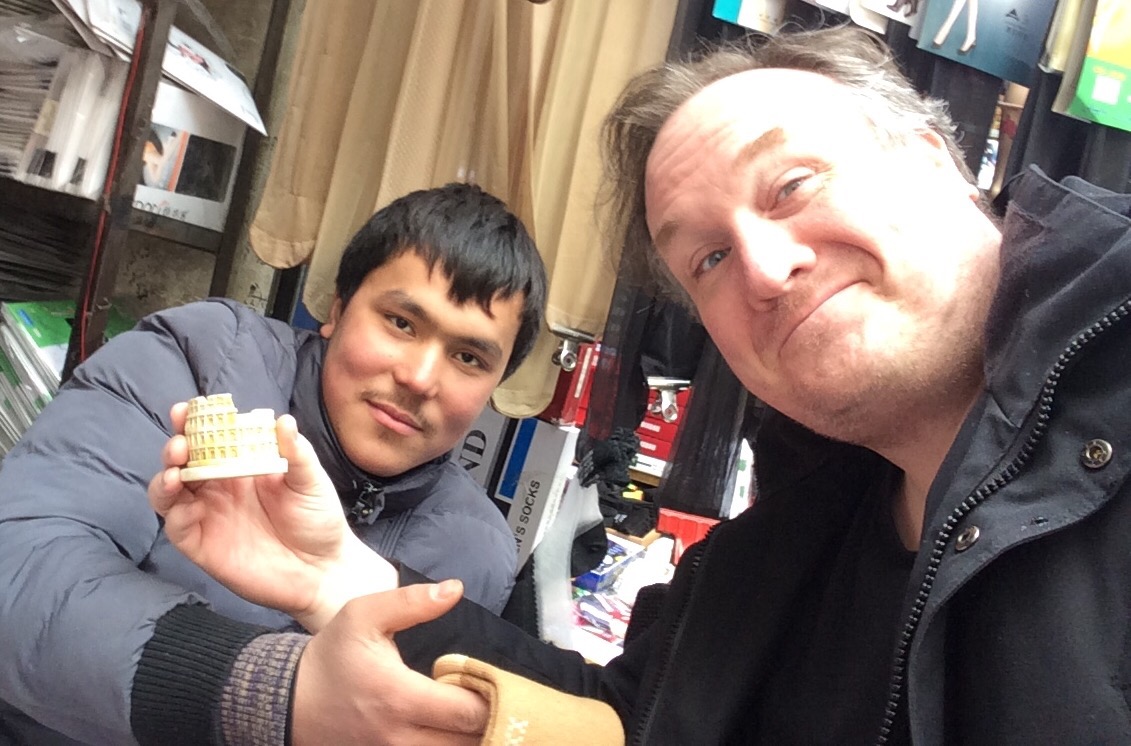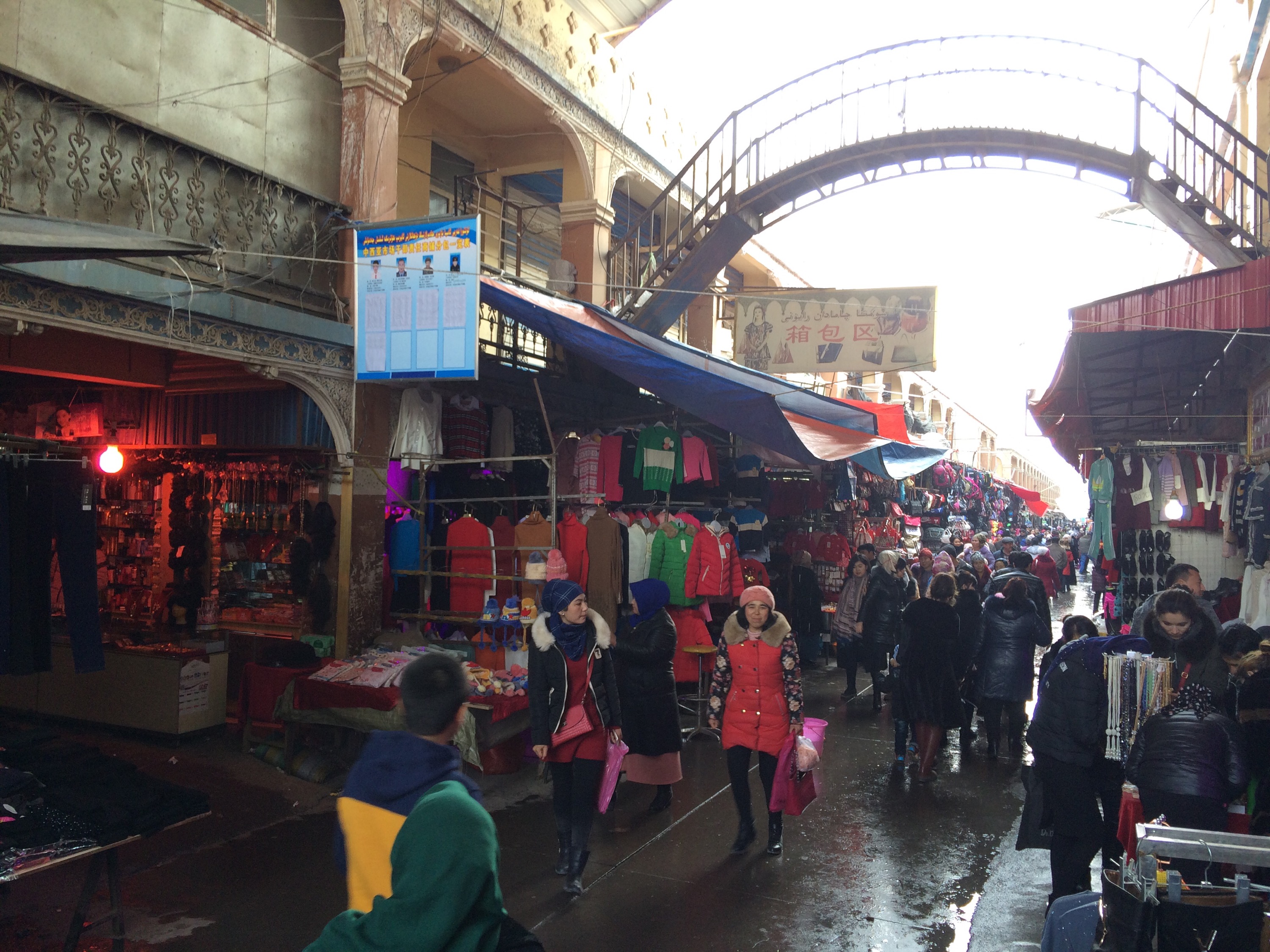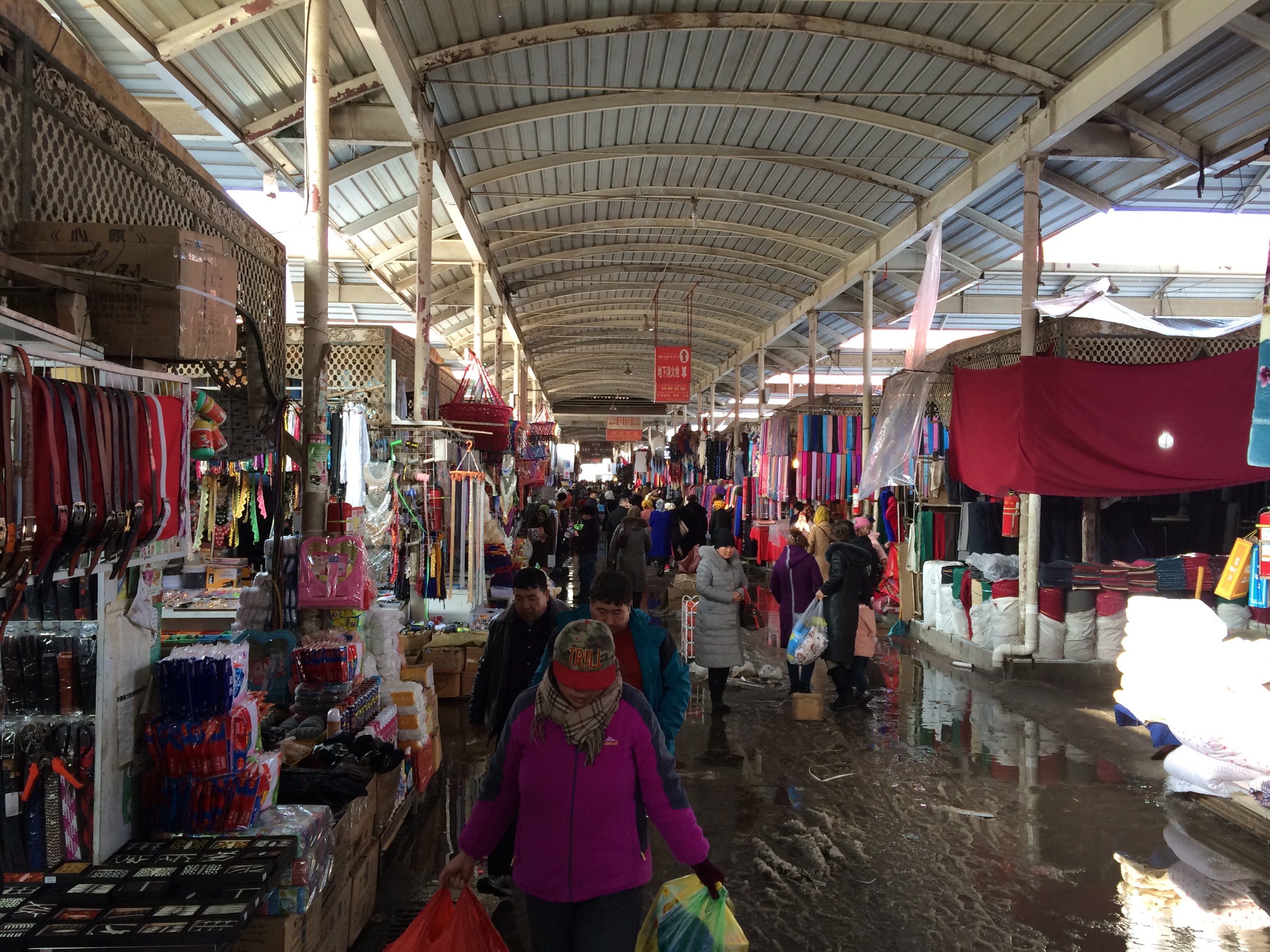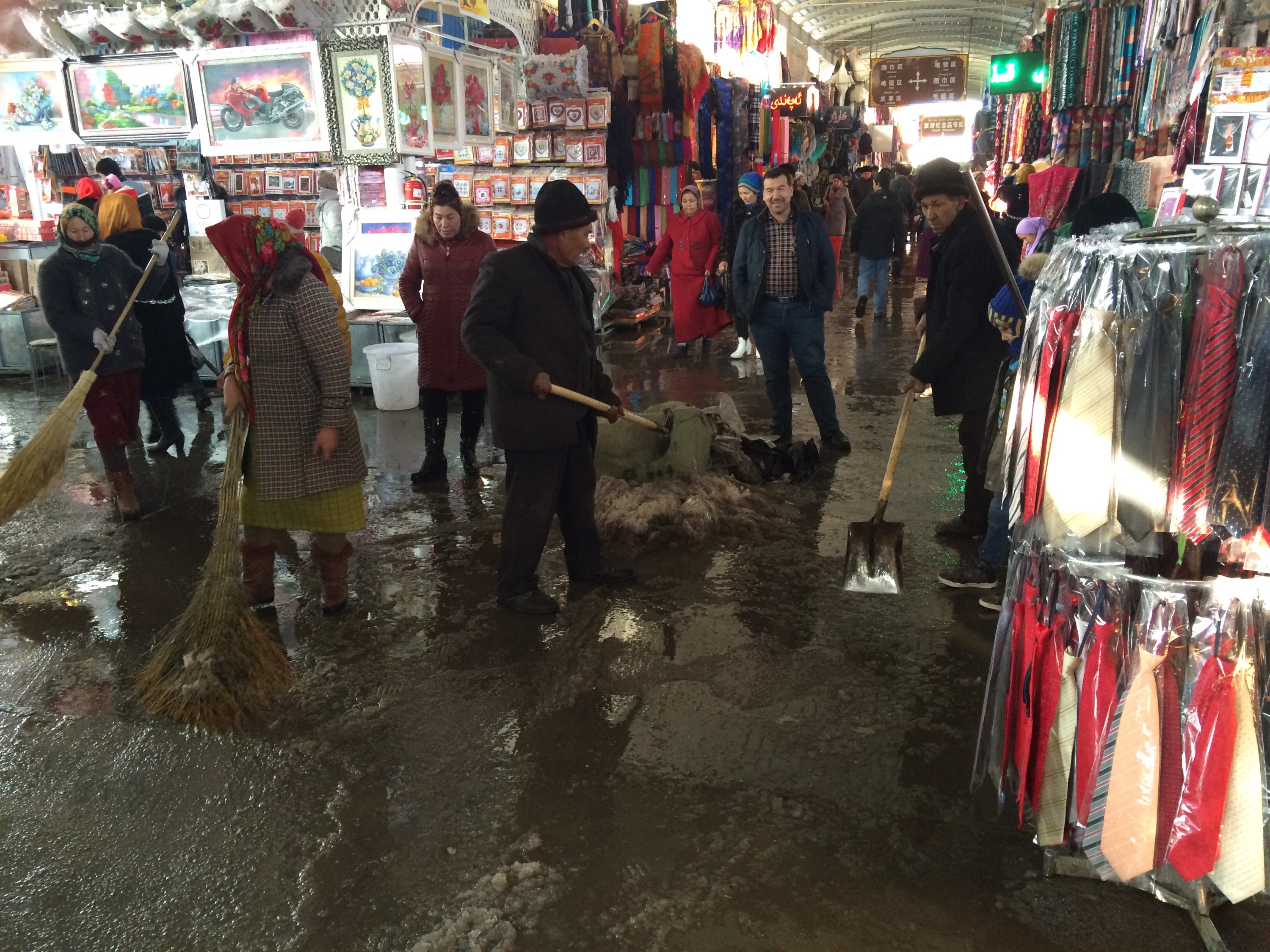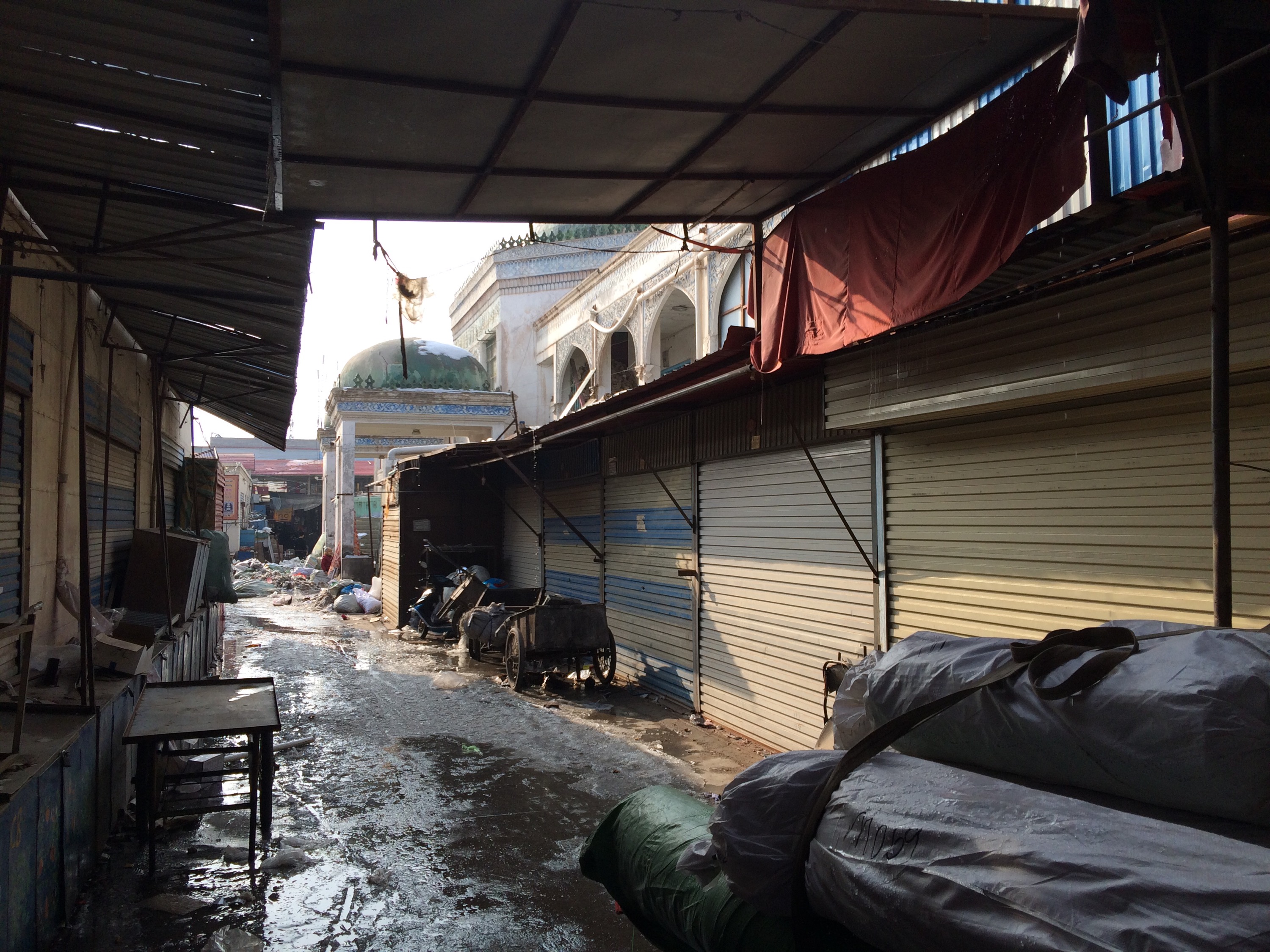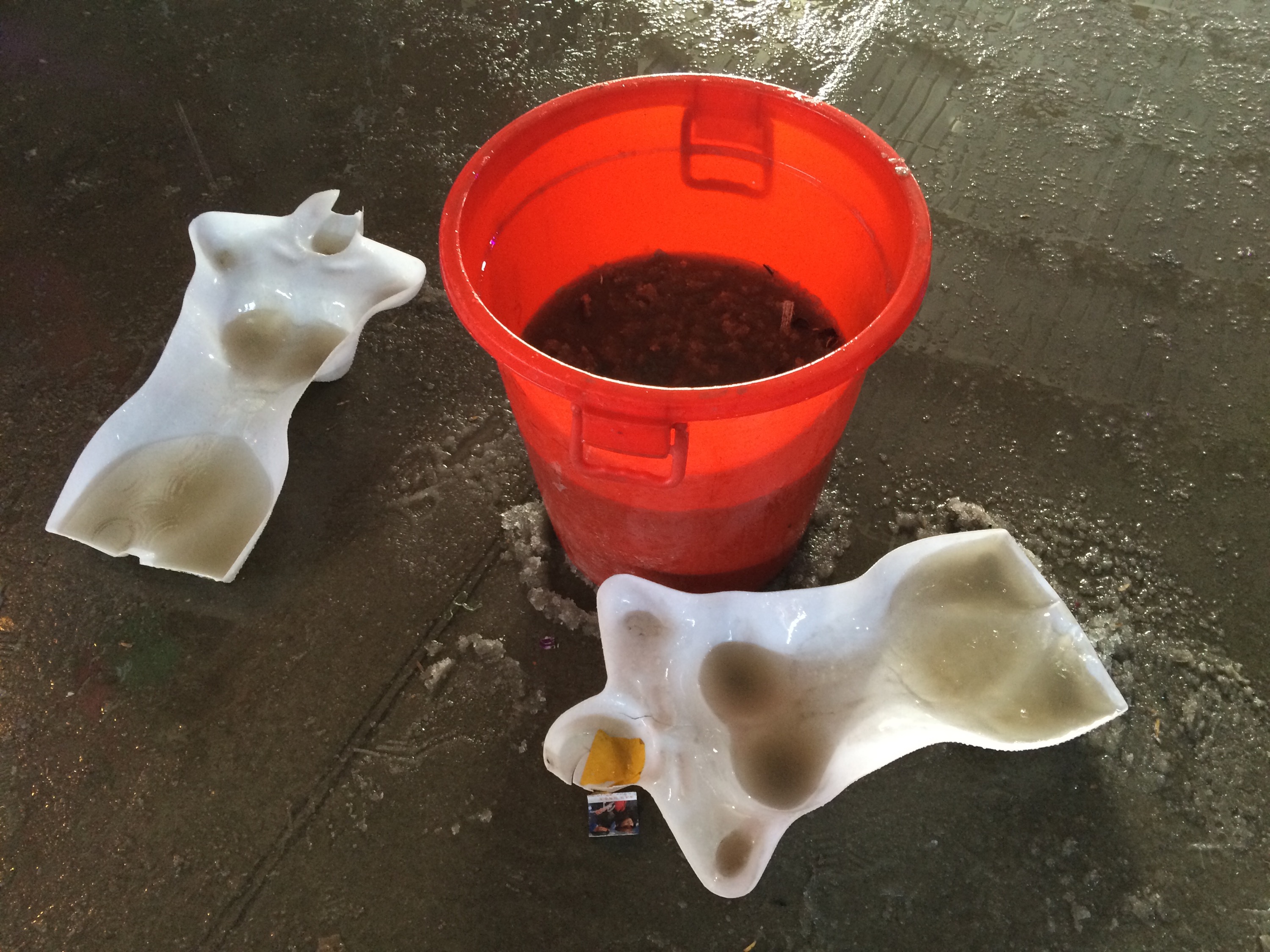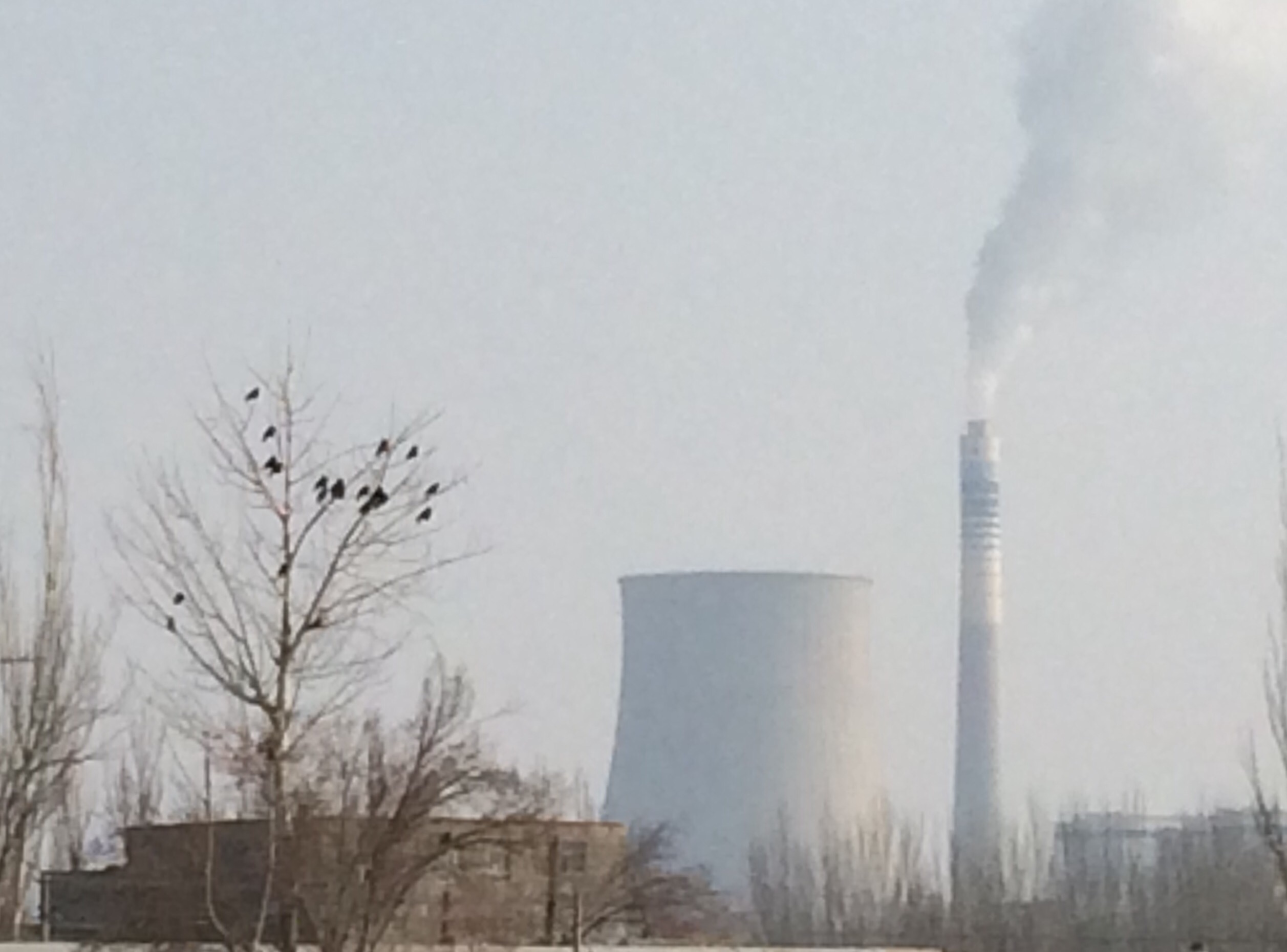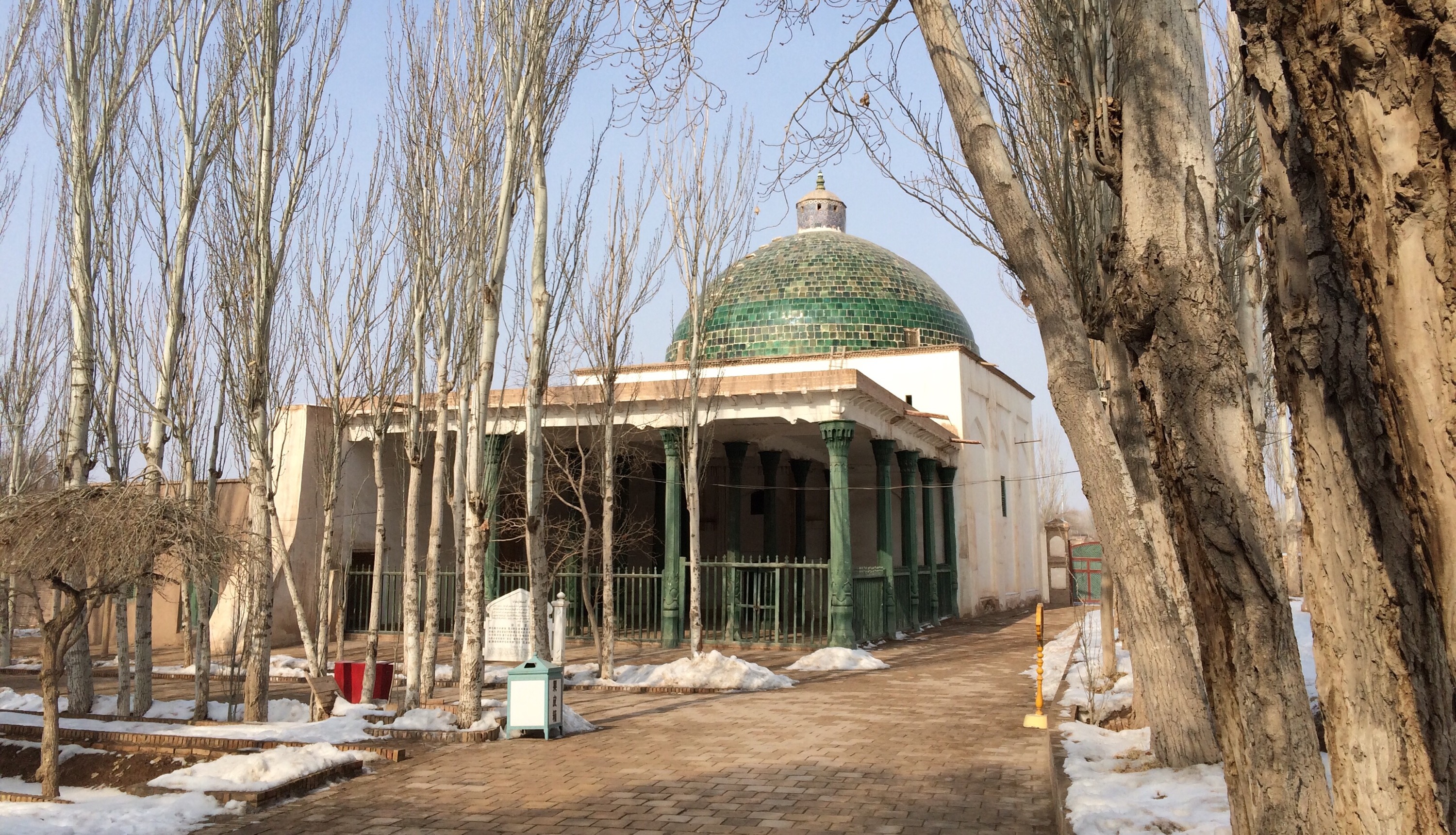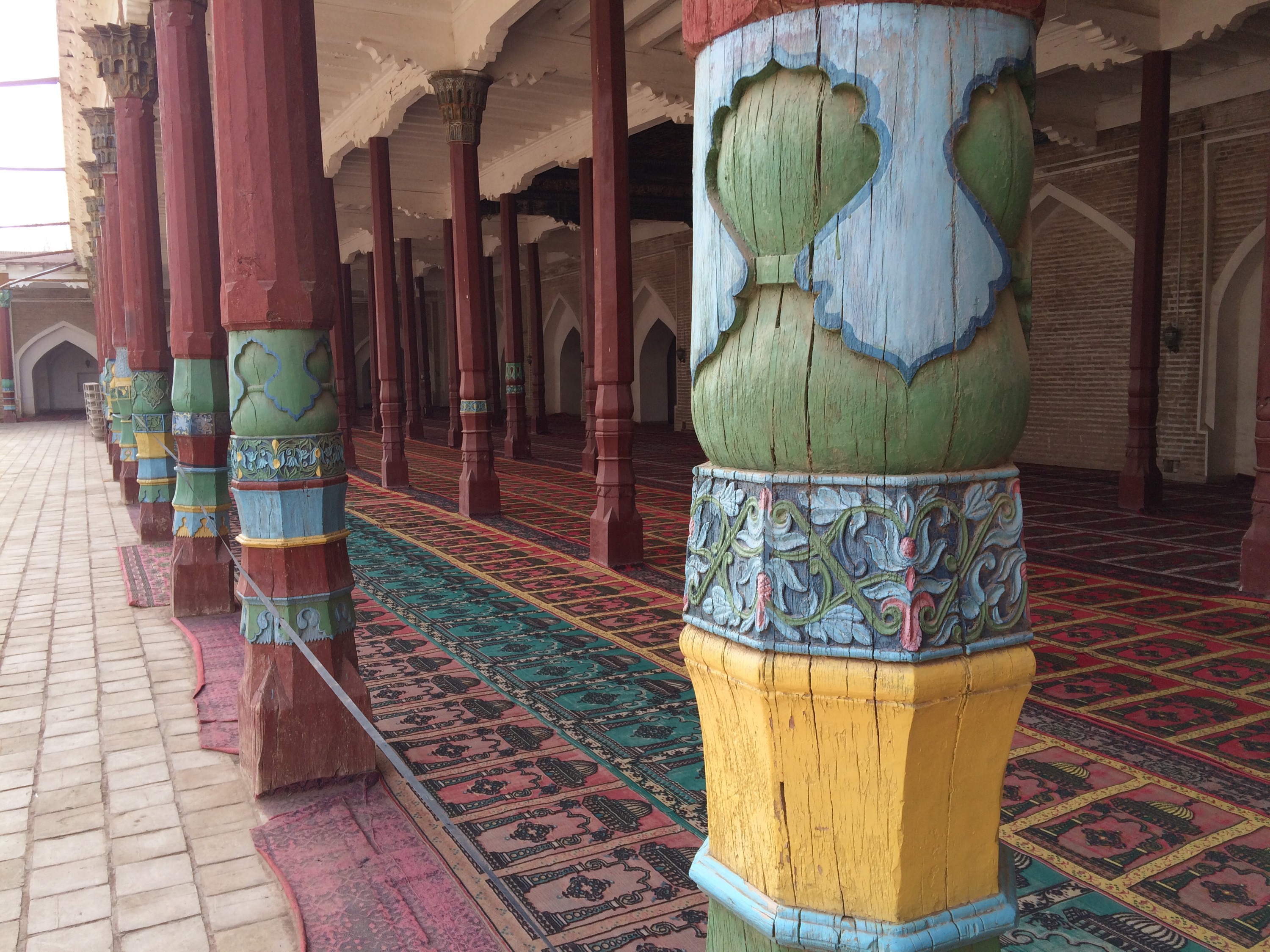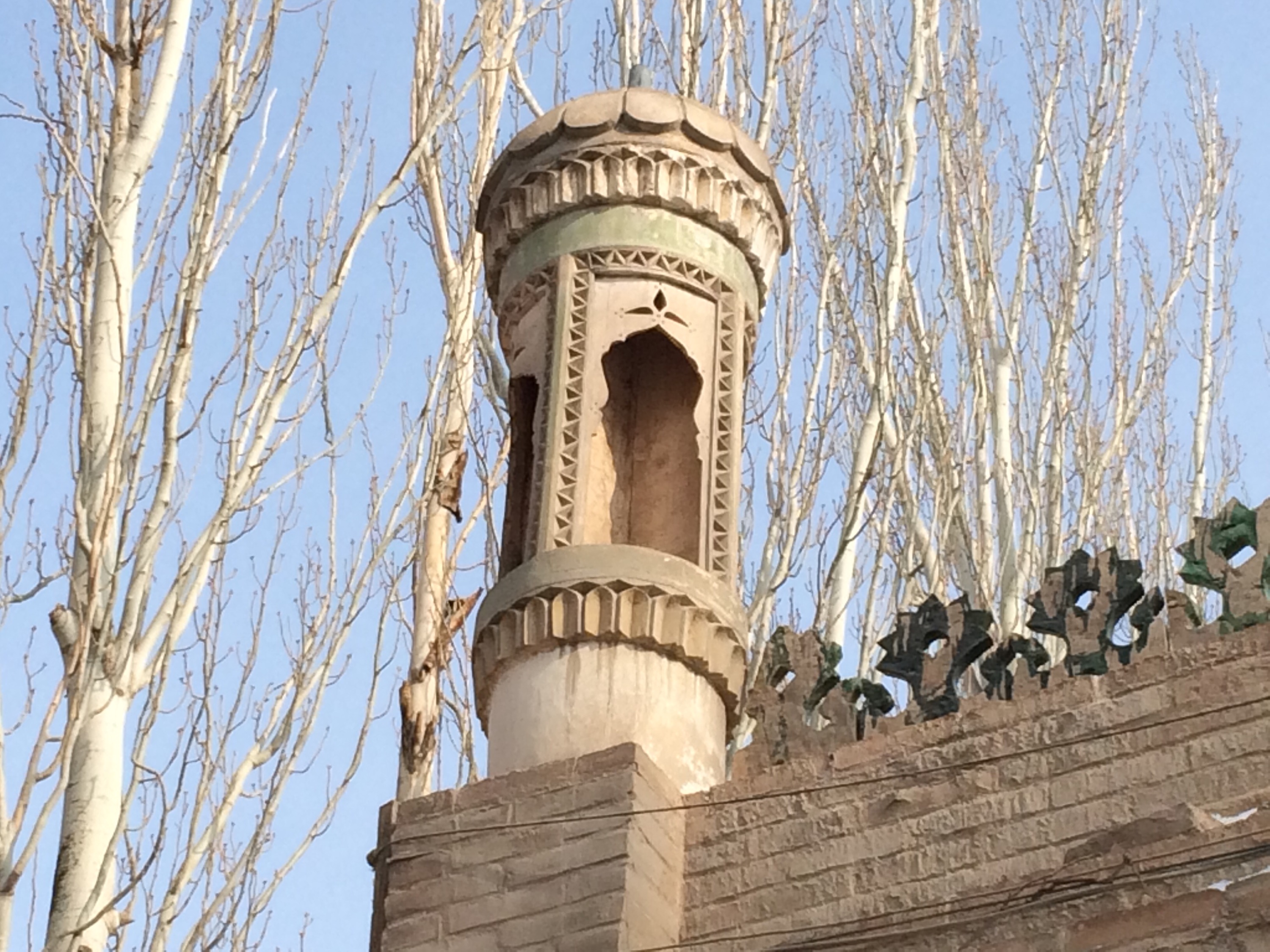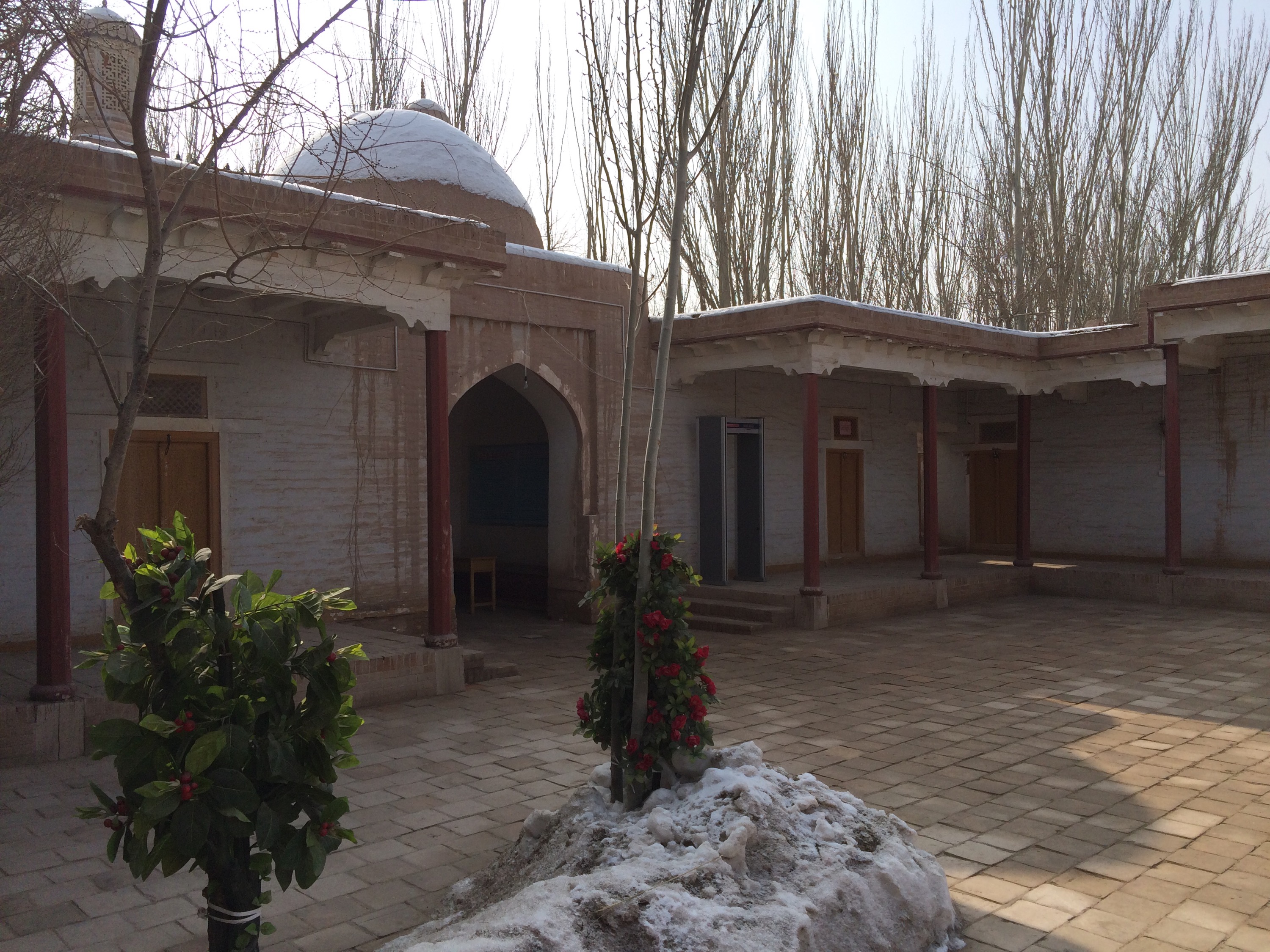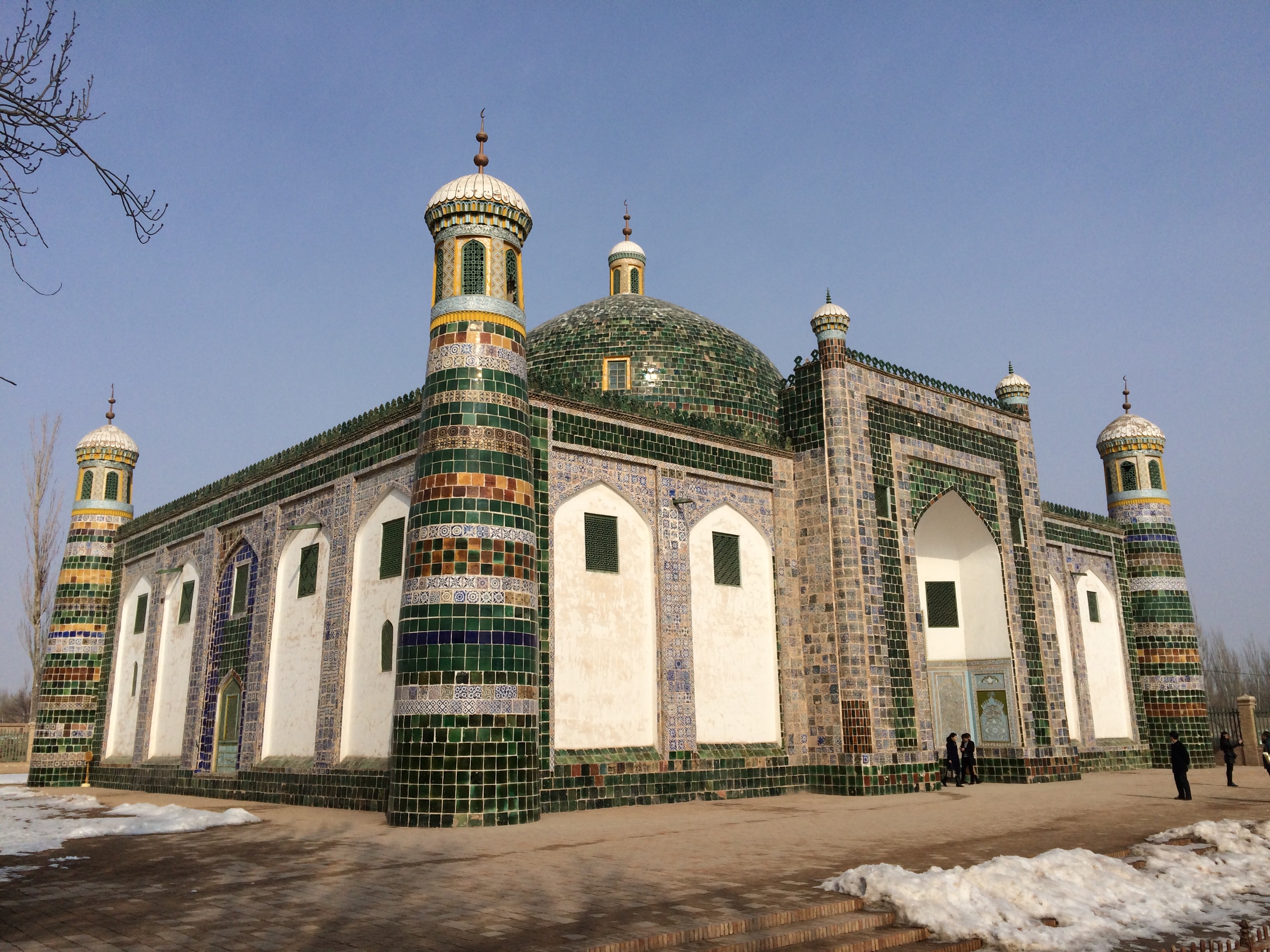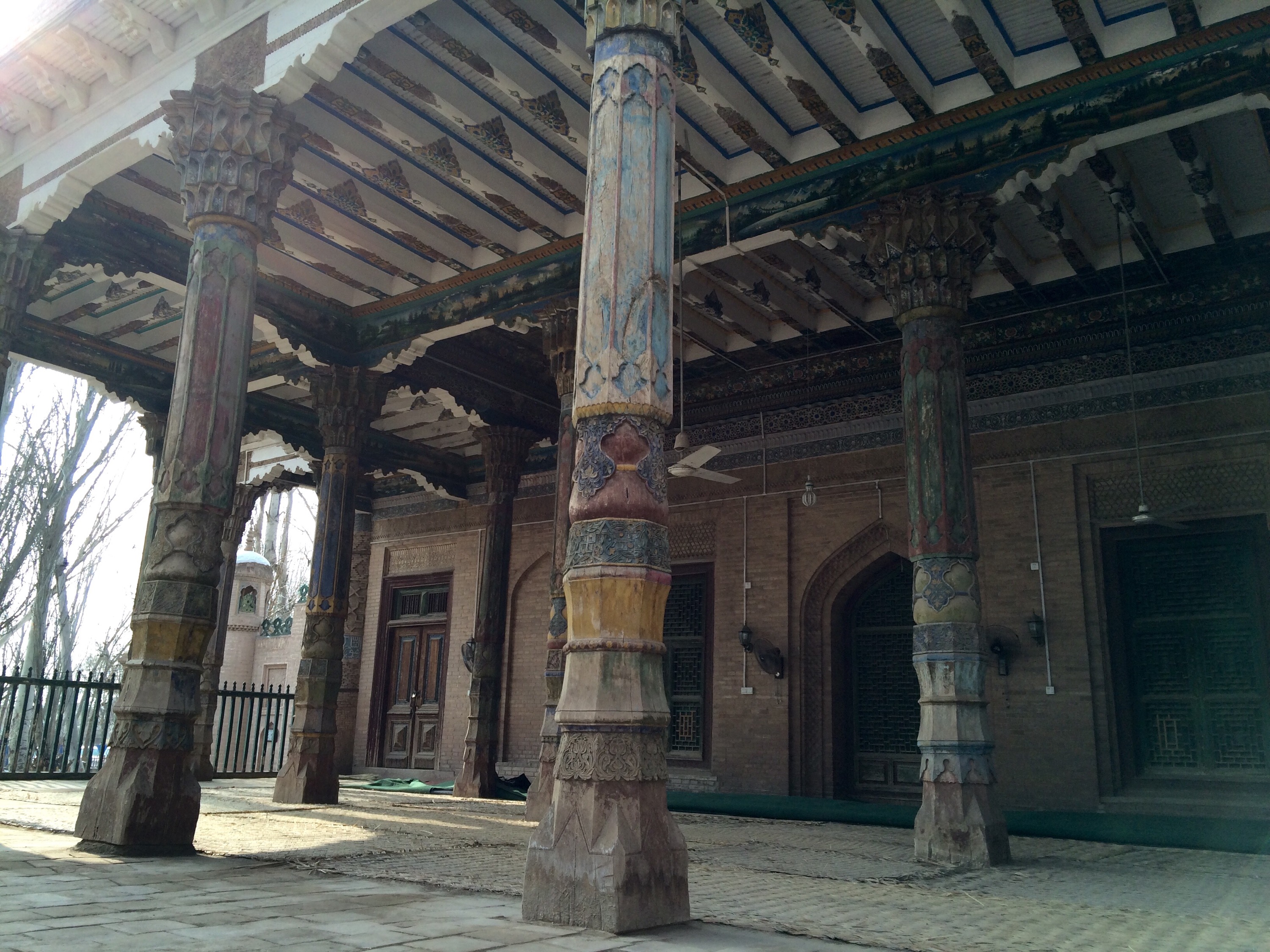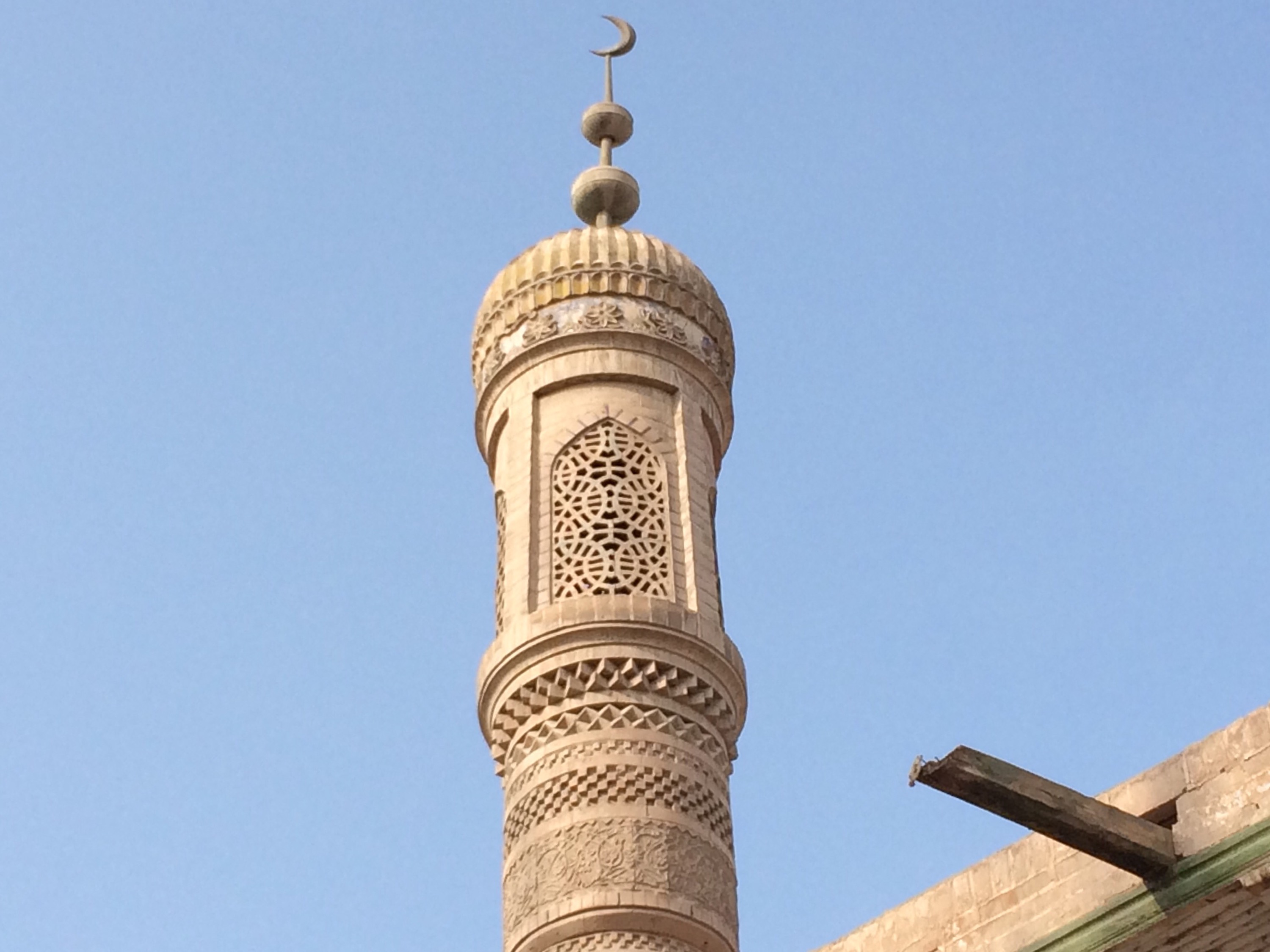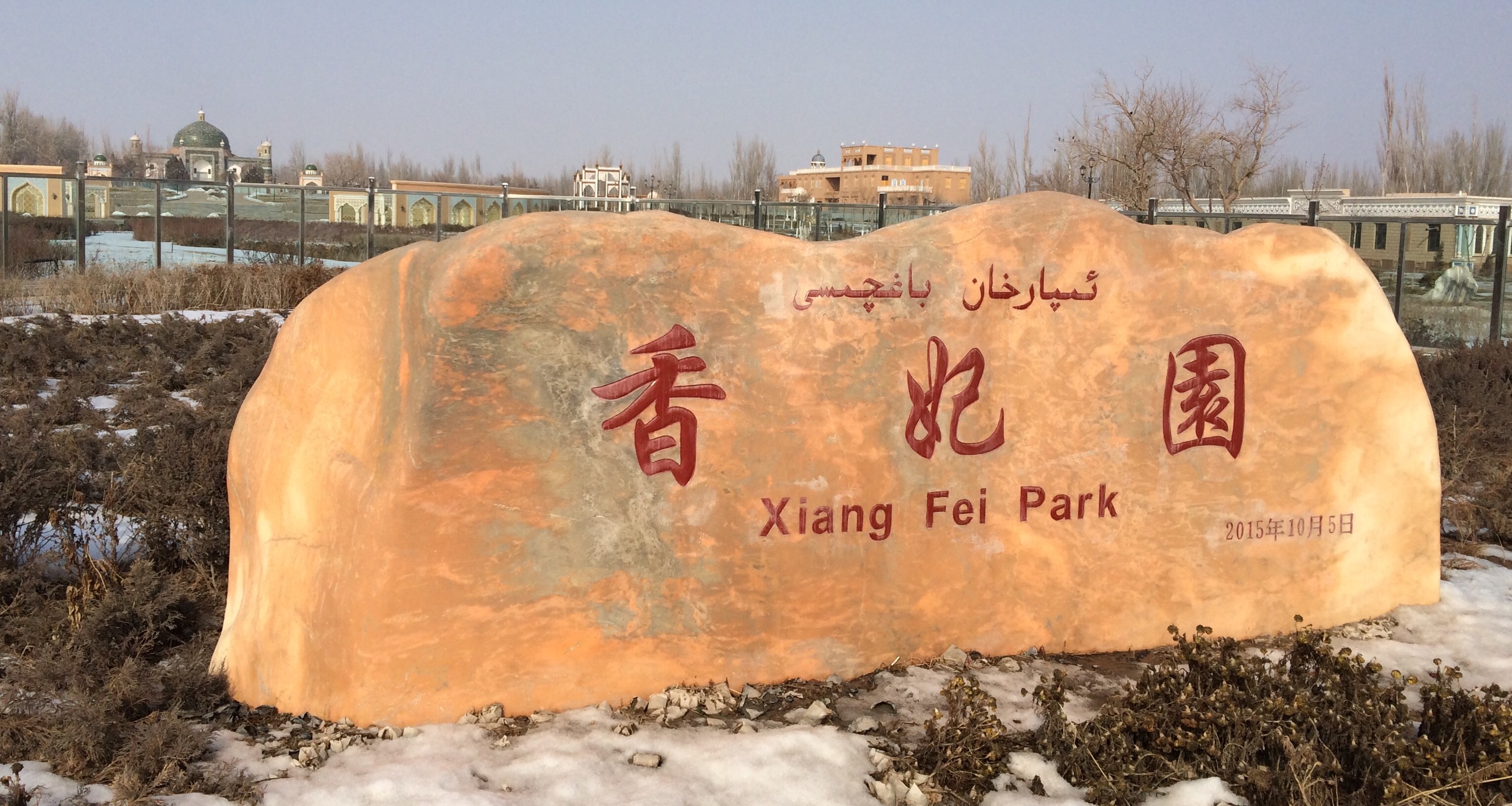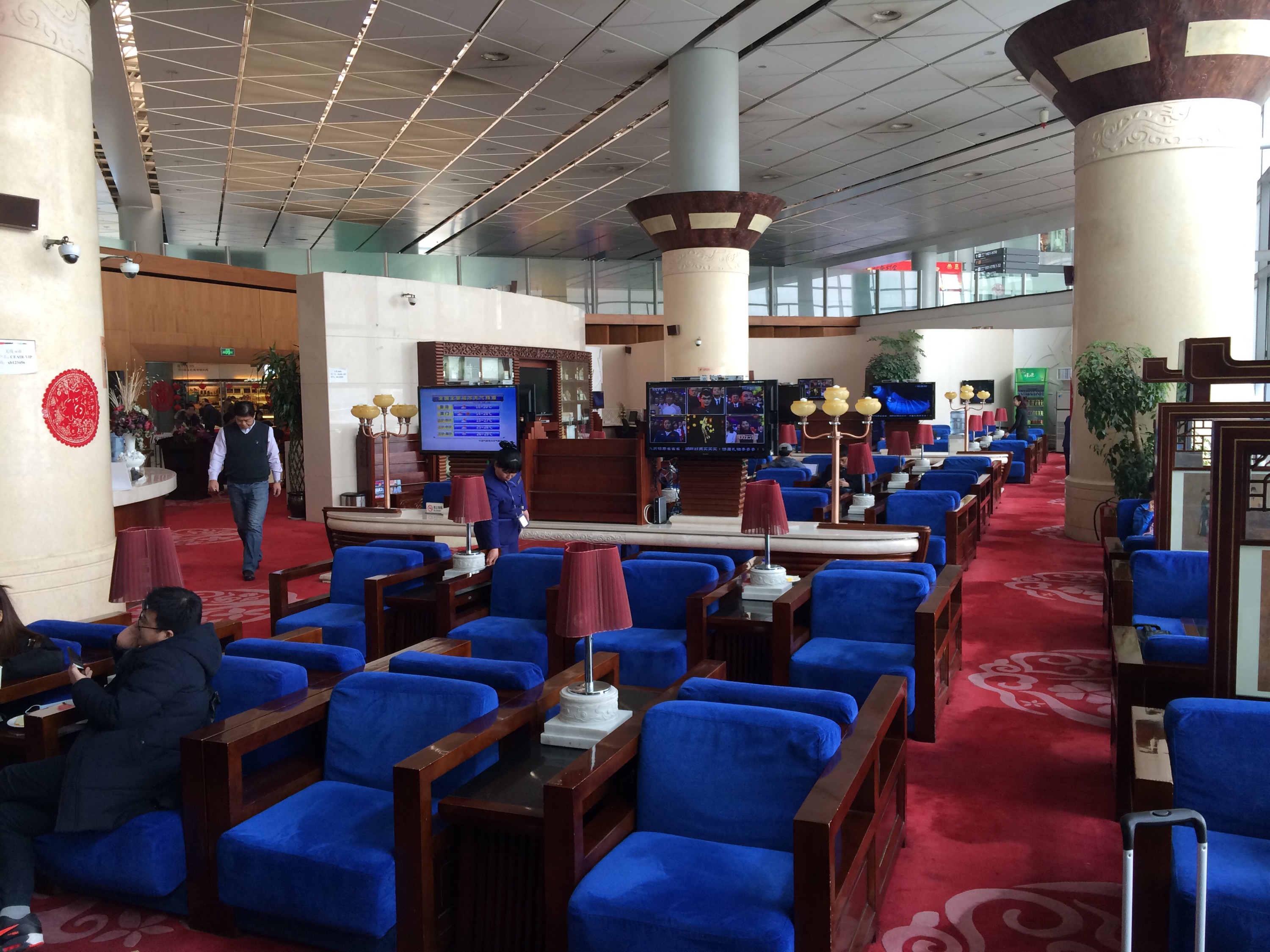 Over the last two years, I’ve spent many, many hours in this airport lounge in Xi’an. Good times, good times.
Over the last two years, I’ve spent many, many hours in this airport lounge in Xi’an. Good times, good times.
-
Recent Posts
- Weekly Review January 6, 2024
- Woods September 23, 2023
- Melange September 23, 2023
- Brown September 22, 2023
- Infected September 22, 2023
- Doughnuts September 21, 2023
- Mothballed September 21, 2023
- Motownish September 20, 2023
- Far III September 19, 2023
- Far II September 19, 2023
- Far September 19, 2023
- Burbs September 16, 2023
- Celtic September 15, 2023
- Aroma September 15, 2023
- Mace September 15, 2023
- Timeless September 15, 2023
- Humidity September 15, 2023
- Hospitality September 14, 2023
- Road II September 14, 2023
- Galaxy July 23, 2023
- Jab April 11, 2021
- Lockheed April 5, 2021
- Out February 25, 2021
- International February 10, 2021
- Goat February 8, 2021
Tags
Archives
- January 2024 (1)
- September 2023 (18)
- July 2023 (1)
- April 2021 (2)
- February 2021 (3)
- January 2021 (2)
- December 2020 (1)
- November 2020 (1)
- October 2020 (1)
- September 2020 (1)
- July 2020 (3)
- June 2020 (1)
- May 2020 (1)
- April 2020 (1)
- March 2020 (4)
- January 2020 (1)
- December 2019 (1)
- November 2019 (50)
- October 2019 (4)
- September 2019 (1)
- July 2019 (6)
- June 2019 (6)
- May 2019 (4)
- April 2019 (10)
- March 2019 (10)
- February 2019 (11)
- January 2019 (17)
- December 2018 (5)
- November 2018 (89)
- October 2018 (18)
- September 2018 (28)
- August 2018 (6)
- July 2018 (3)
- June 2018 (2)
- May 2018 (9)
- April 2018 (38)
- March 2018 (96)
- February 2018 (4)
- January 2018 (11)
- December 2017 (5)
- November 2017 (7)
- October 2017 (23)
- September 2017 (15)
- August 2017 (7)
- July 2017 (3)
- June 2017 (8)
- May 2017 (1)
- April 2017 (6)
- March 2017 (10)
- February 2017 (75)
- January 2017 (64)
- December 2016 (80)
- November 2016 (45)
- October 2016 (46)
- September 2016 (12)
- August 2016 (32)
- July 2016 (35)
- June 2016 (13)
- May 2016 (18)
- April 2016 (5)
- March 2016 (8)
- February 2016 (9)
- January 2016 (16)
- December 2015 (20)
- November 2015 (21)
- October 2015 (35)
- September 2015 (12)
- August 2015 (9)
- July 2015 (24)
- June 2015 (11)
- May 2015 (39)
- April 2015 (14)
- March 2015 (14)
- February 2015 (29)
- January 2015 (31)
- December 2014 (27)


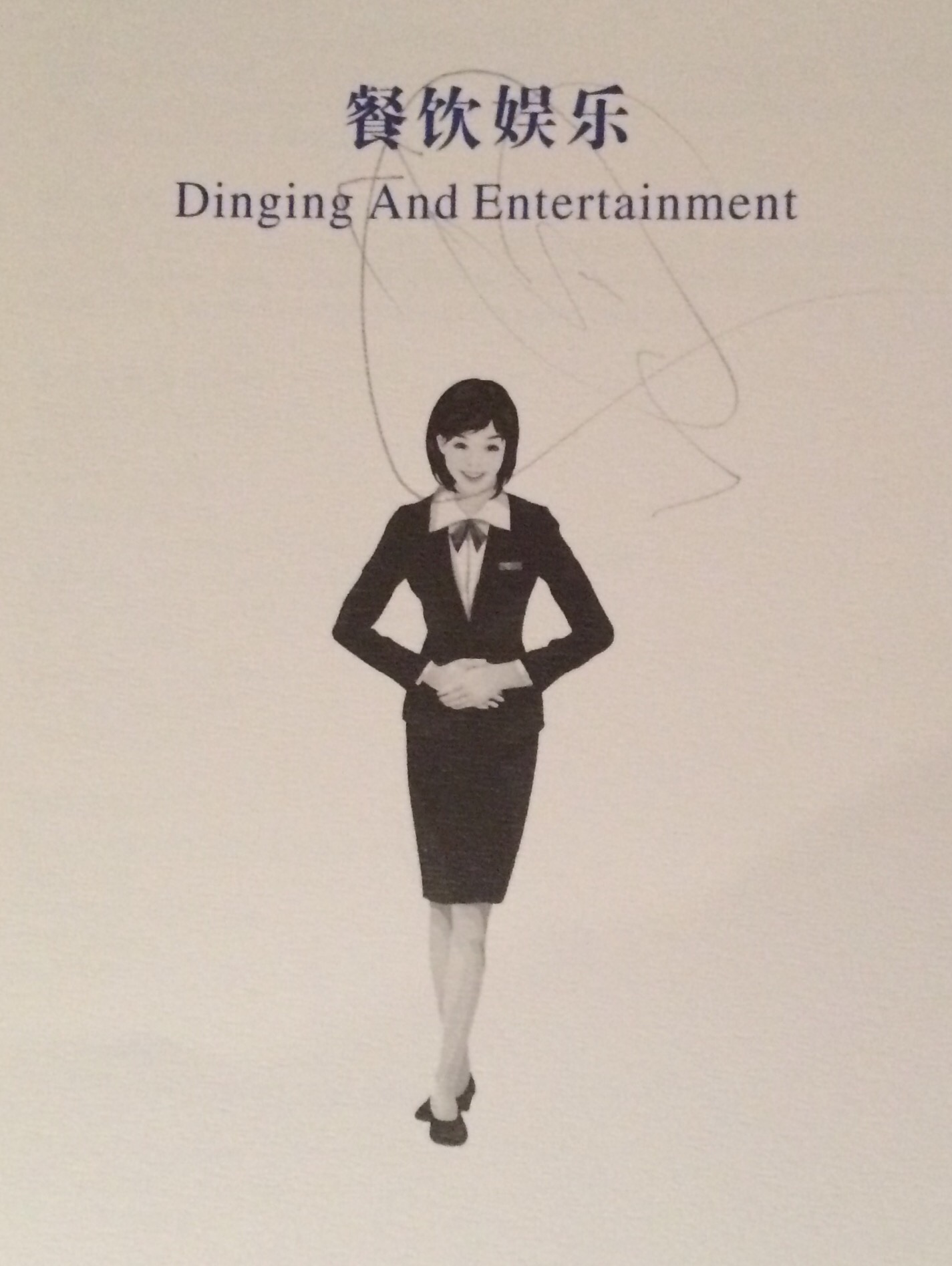




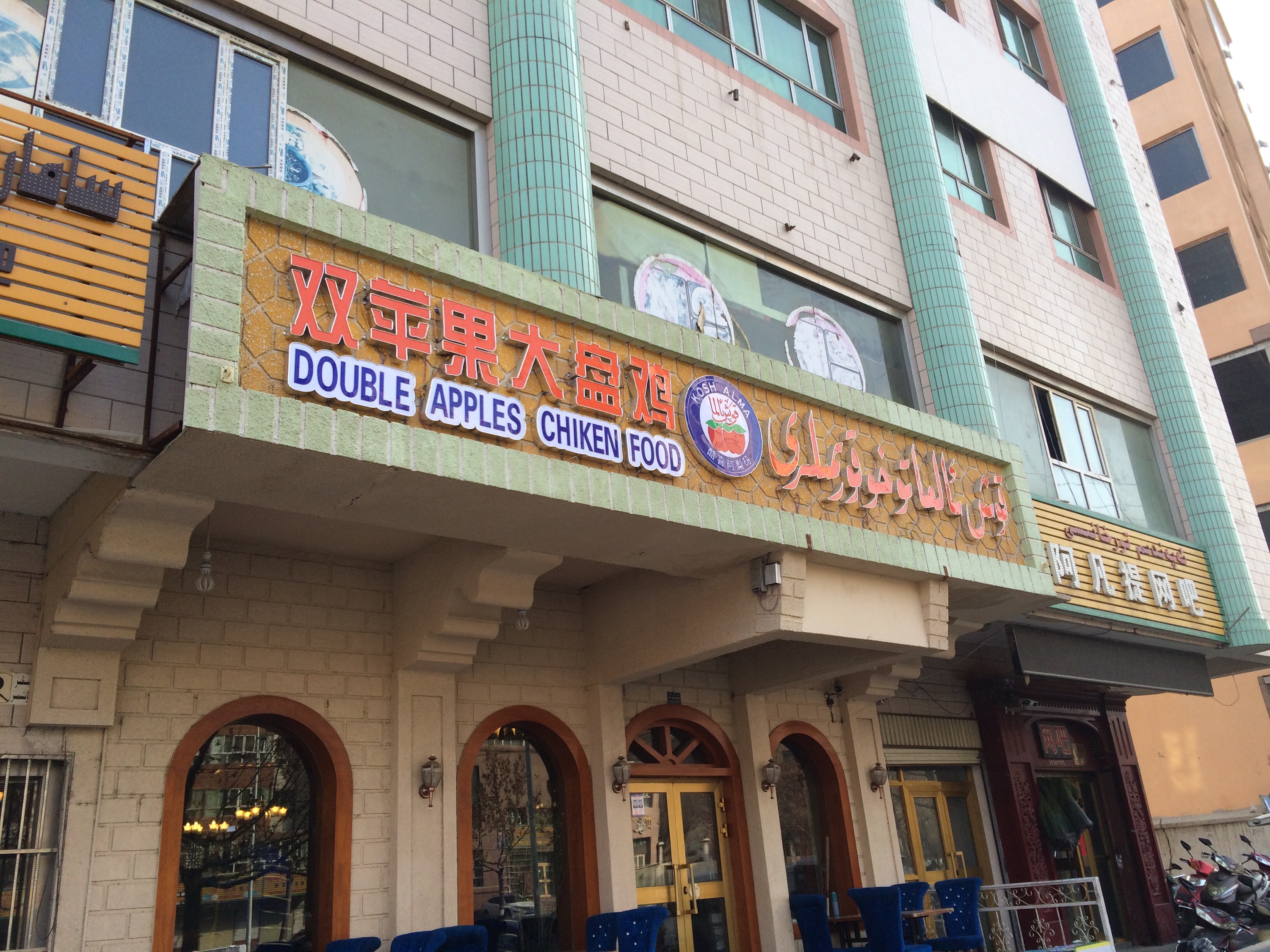
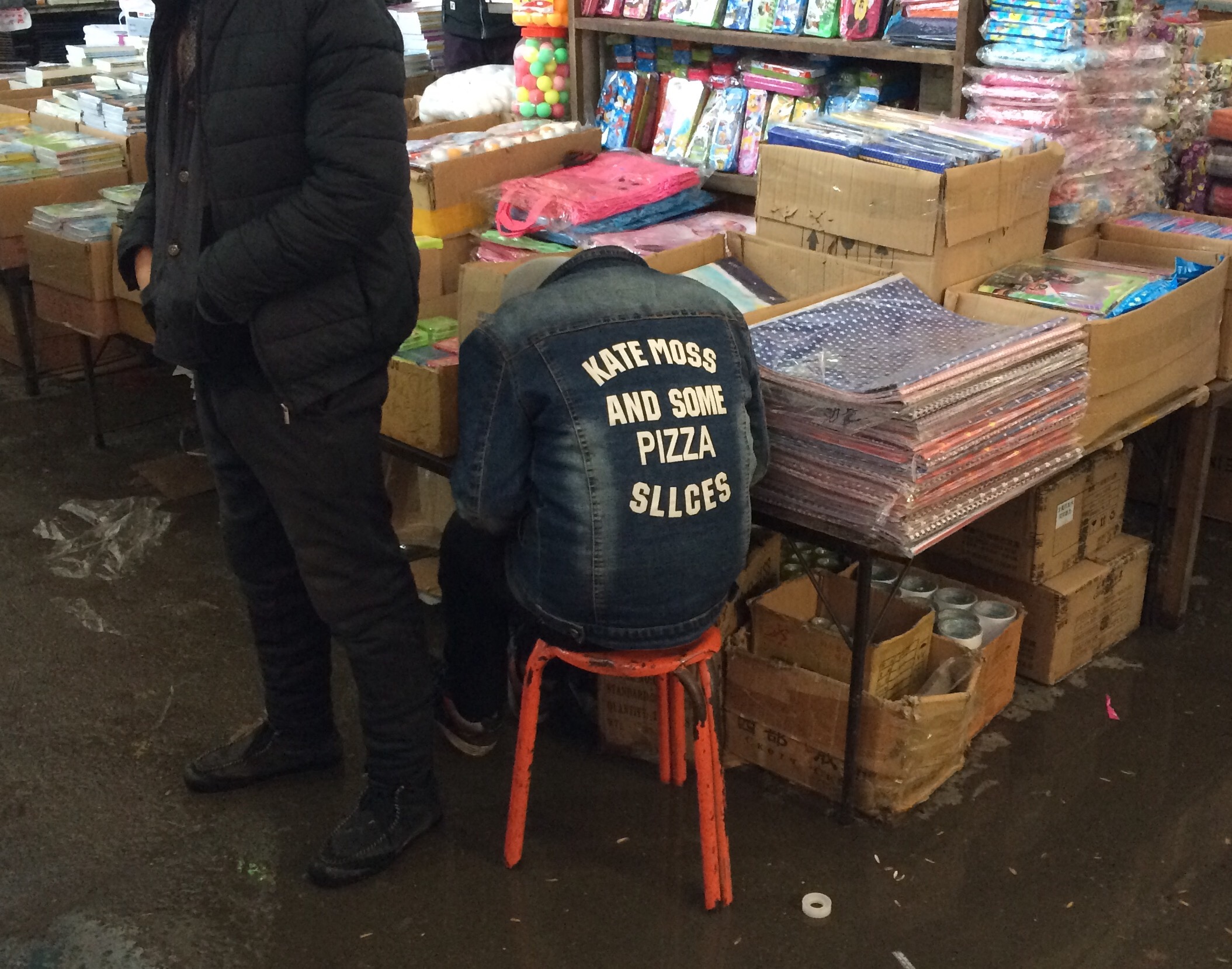

 I haggled in Mandarin with the kid at the stall, throwing in the Chinese-made Roman souvenir as part of my purchase price. Making that East-West connection.
I haggled in Mandarin with the kid at the stall, throwing in the Chinese-made Roman souvenir as part of my purchase price. Making that East-West connection.